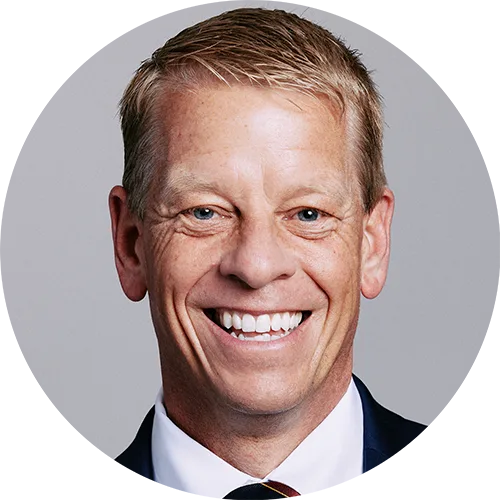Confessing Like It’s 1559: Italians in Geneva

When Italian refugees arrived in Germany in 1557, some of them brought confusion around central Christian doctrines. Today, Stephen Nichols explores the Formulario, the first confession of faith written in Italian.
Welcome back to another episode of 5 Minutes in Church History. We are continuing our “Confessing like it’s 1559” series. We’ve been in Paris, and we’ve been in Poland. And on this episode, we will be in Calvin’s Geneva. But the particular confession we are talking about is in Italian. It is the Formulario by Lattanzio Ragnoni. Ragnoni was born in Siena in 1509. When he was 21, going on 22, he had his law degree in hand, and he began with a prominent position in Siena’s town government and was on quite an upward trajectory. But then he met up with Bernardino Ochino, and by 1542, both Ochino and Ragnoni were convinced of the Reformation position against the Roman Catholic position on the doctrine of justification and on the Lord’s supper. Ochino went to Geneva in 1542, and for the next four years, he pastored a congregation of Italian refugees there in the city of Geneva.
1545-1546, he went on to Augsburg and pastored an Italian refugee congregation there at Augsburg. In 1551 Ragnoni arrived in Geneva. By 1557, he was appointed to be pastor of this Italian church in the congregation there. He was preaching, and he was organizing the congregation. He had very significant skills as a jurist and brought all of those skills to his work as a pastor. It was during his brief time as pastor that many missionaries were sent from Geneva to the Waldensian communities that were scattered throughout Italy. There was also some challenges for the Italian congregation. A number of the refugees who came in from Italy were Unitarians. They were denying the doctrine of the Trinity. And so, as the end of the year 1558 rolled around, Ragnoni and Calvin had a conference together and decided it was time to write a doctrinal confession for the Italian congregation there in the city of Geneva. It was released in January of 1559. It was entitled “The Formulario,” or we would say, “The Different Doctrinal Formulas,” and it was only a month later, February 16th, 1559, that Ragnoni would die. This confession that he wrote was the first Reformed, first Protestant confession in the Italian language.
I want to read Just a few sections of it for you in the section on Christ being the sole Mediator, an advocate before the Father. Ragnoni wrote, “It is therefore not possible nor allowed to come to God by any other means as there is no other name given to invoke and beseech him or ask any grace or benefit from him and pray him or asking him any grace or benefit. For Christ alone is our true Mediator and Advocate. Christ alone is the head, the Summus Pontifex.” Now, that title of course, was used by the Pope, the Pontifex Maximus or the highest priest. Well, Ragnoni reminds us, no, it's not the Pope, it's not any priest. It is Christ who is the supreme High Priest of His church. He goes on to say Christ alone “is the one in whom the Father is wholly, pleased. And in Christ alone, the Father placed the whole treasure of His blessings, establishing that in Christ alone they should be dispensed and communicated to us so that outside of Christ there is no salvation nor any good, but only condemnation and curse.” Well, it's in that last line that Ragnoni is referring to the treasury, the merits of grace that the church would dispense through the sacraments. But here we are in the Reformation and realizing that indeed it is salvation alone through Christ alone. Well, that is Lattanzio Ragnoni and his Formulario from Geneva in 1559. And I'm Steve Nichols, and thanks for listening to 5 Minutes in Church History.
Recent Episodes
Christmas in New England
December 24, 2025|General Church History
A Little Church History of a Middle Colony: The First Great Awakening
December 17, 2025|American Church History
A Little Church History of a Middle Colony: Early Influences
December 10, 2025|American Church History
Gunpowder and a Proclamation
December 3, 2025|Geographical Perspectives
Thanksgiving in Church History
November 26, 2025|American Church History
3 Sermons on the Hallelujah Chorus
November 19, 2025|General Church History
